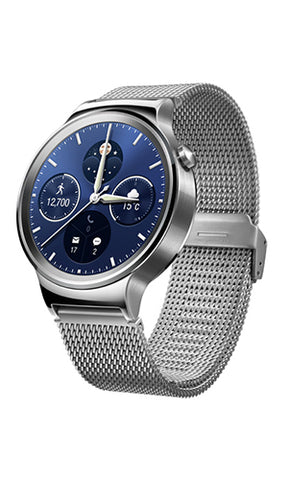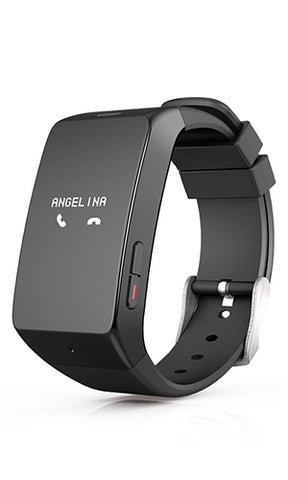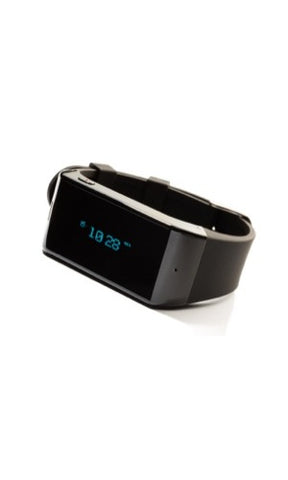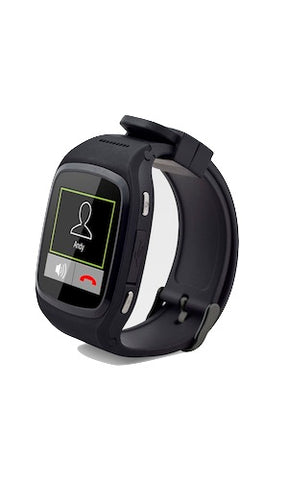Android Wear 101: What it is, what it can do, and which device to get
Written By
Tom Hushen
Whether or not you are a fan of Android Wear, you simply cannot brush off the fact that this platform was integral in growing the smartwatch market. Prior to its existence, users only had smartwatches with homebrewed operating systems that probably never updated.
In early 2013, watches like the Sony Smartwatch were gaining a little momentum, but they were still horrible. You could only pair them to an Android device, but the conflicting OS of the watch and the phone made the experience awful. Also, you couldn’t look at the screen in direct sunlight either, but that’s beside the point.
In March of 2014, Google introduced Android Wear and a lot of those issues began to disappear. Google had now created a universal operating system that tech companies could load into their smartwatches. They could now focus on things like aesthetics and processing power, rather than software.
What is Android Wear, and how does it work?
At its very best, Android Wear creates a holistic environment between your watch and your Android smartphone (which has to be running Android 4.3 or better). The platform works by establishing connection to your phone through Bluetooth, where you can also access your phone’s Wi-Fi capabilities.
This allows you to get notifications of text messages, emails, phone calls, and social media alerts. The platform also has a bevy of built in programs like Google Maps, Google Fit, Notes, and Google Hangout, a messaging application. With Bluetooth connectivity, users can also access music on their phone, control their smartphone’s camera, set timers and reminders. Most importantly, users have access to the Google store where they can download third-party apps directly to their smartwatches.
When Google unveiled this new platform, many tech companies partnered together to adopt it. Currently LG, Samsung, Motorola, HTC, and Asus all have smartwatches on the market that adopted Android Wear.
You might also like: The best Android Wear smartwatches in 2015
A smart upgrading system
What’s great about having a uniform operating system is that Google is the sole proprietor of updates for your watch. There is comfort in having one of the largest reliable tech companies creating your OS. Some companies can’t monitor and update their interface regularly and end up switching to Android Wear (see: Sony), while others are still braving the frontier of developing their own OS. Alcatel recently released the OneTouch smartwatch that boasts its own OS, but it tanked under horrid reviews and users are still waiting for an update. Why would you want to spend $150 on a company that could very well pull their own product and end any future updates?
What’s even better is that since the Android Wear updates are still being rolled out for first-gen models, your smartwatch has less of a chance of quickly becoming obsolete. Take a look at the Moto 360 2. As we previously reported, the second-gen model for Motorola’s featured smartwatch is expected to work alongside the first-gen rather than be a replacement. Since your watch will still be relevant within three to four generations, you won’t have to upgrade as regularly.
Your own personal assistant
Voice recognition is the new frontier with smartwatches, and Google has implemented Okay Google and Google Now into many of their smartwatches, like the Samsung Gear S and Moto 360. Okay Google allows user to effortlessly ask question directly to your watch. The watch will run the question through Google’s search engine and find you results.
What really brought the voice recognition game to the main stage, however, was the introduction of the personal assistant, Google Now. Using a natural language user interface, the program answers questions, make recommendations, and perform actions. Google Now also proactively delivers to users information that it predicts they may want. Basically, if you are constantly searching for traffic news or game updates, Google Now will begin to automatically gather that info for you.
Who should get Android Wear?
The great thing about smartwatches is that they are really for everyone. Yes, the business tycoon-type or Wall Street broker will probably obsess over the comfort of having all of their information at a glance of the wrist — but these watches are more than that.
The Google Play app store has some of the most genius applications that can satisfy a wide range of user necessity. Our own Mark Killian reviewed some of the best Android smartwatch apps to help you navigate your day. The question really comes down to: How do you want to experience your watch?
If you’re a runner, then take a look at Runtastic and see how easy it is to track your progression with your watch. Maybe you need to record something quickly? You can download Wear Audio Recorder and easily turn your smartwatch into a recorder. With such an extensive app store, you can probably get your watch to do just about anything.
Which Android Wear device is right for you?
You’ll need to consider two things: what you want your watch to accomplish and how you want it to look.
Each and every Android Wear smartwatch is created differently. There’s the Asus Zen Watch that uses curved Gorilla Glass, the LG G watch R that uses a Qualcom Snapdragon processor, and the upcoming Huawei Watch that has a scratch resistant sapphire-glass display screen, just to name a few.
Aesthetics are equally as important as functionality, and should be a second set of criteria for deciding on the perfect Android watch. You should really ask yourself, do you prefer leather or rubber straps? How about a rounded smartwatch like the Moto 360, or a square one like the Samsung Gear Live?
It’s high time time to jump into the world of wearables and become a smartwatch user. Thanks to Android Wear, there has never before been such a large pool for you to select from.
Tags: Android Smartwatch, android wear, Bluetooth Watches, Digital Watches, Featured Items, Fitness Watches, google, GPS Watches, HomePage Featured, smartwatch, Smartwatches






